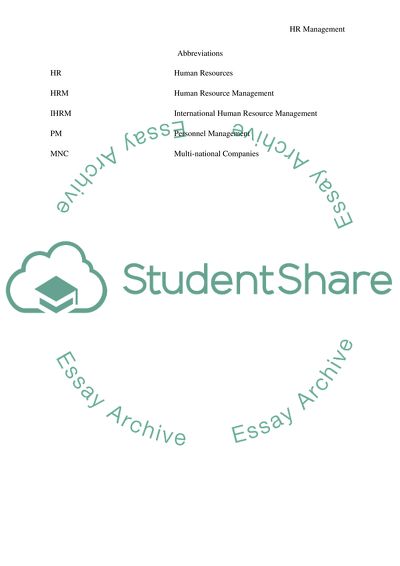Cite this document
(Critically evaluate the notion that the management of human resources Essay, n.d.)
Critically evaluate the notion that the management of human resources Essay. https://studentshare.org/human-resources/1862713-critically-evaluate-the-notion-that-the-management-of-human-resources-is-the-same-in-either-a-domestic-or-international-context
Critically evaluate the notion that the management of human resources Essay. https://studentshare.org/human-resources/1862713-critically-evaluate-the-notion-that-the-management-of-human-resources-is-the-same-in-either-a-domestic-or-international-context
(Critically Evaluate the Notion That the Management of Human Resources Essay)
Critically Evaluate the Notion That the Management of Human Resources Essay. https://studentshare.org/human-resources/1862713-critically-evaluate-the-notion-that-the-management-of-human-resources-is-the-same-in-either-a-domestic-or-international-context.
Critically Evaluate the Notion That the Management of Human Resources Essay. https://studentshare.org/human-resources/1862713-critically-evaluate-the-notion-that-the-management-of-human-resources-is-the-same-in-either-a-domestic-or-international-context.
“Critically Evaluate the Notion That the Management of Human Resources Essay”. https://studentshare.org/human-resources/1862713-critically-evaluate-the-notion-that-the-management-of-human-resources-is-the-same-in-either-a-domestic-or-international-context.


